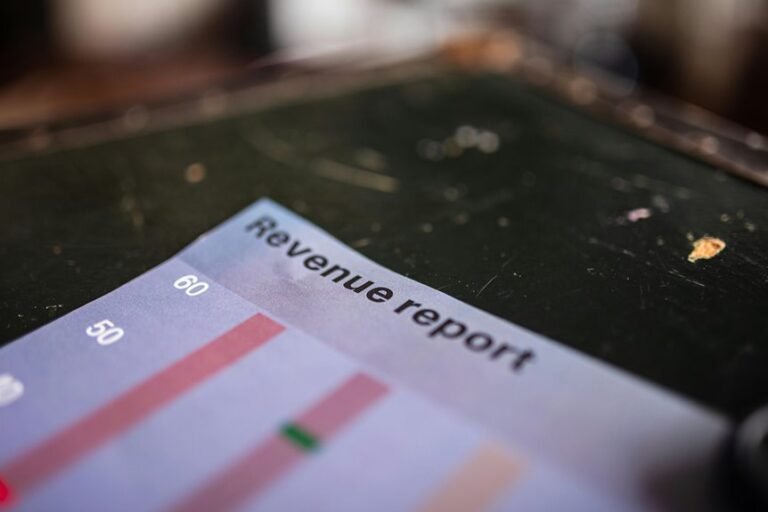Call Verification Report: 3462231214, 3462303767, 3462417738, 3462730012, 3463481275, 3463954879
The Call Verification Report for the specified numbers reveals critical compliance issues within caller behaviors. Some calls successfully met verification standards, while others employed deceptive tactics, such as number spoofing. This discrepancy raises questions about the effectiveness of current fraud prevention measures. Additionally, patterns of urgency and emotional manipulation were observed. Understanding these behaviors is essential for developing stronger protective strategies against scams. What implications might these findings have for future protocol enhancements?
Overview of Call Verification Findings
While the primary objective of the call verification process is to ensure compliance with established protocols, the findings reveal critical insights into both the efficacy and shortcomings of current practices.
Call authenticity emerged as a pivotal factor, highlighting the need for robust verification methods.
The analysis indicates that while some methods are effective, others require refinement to enhance overall reliability and trust in the verification process.
Common Patterns in Caller Behavior
Examining caller behavior reveals several common patterns that can significantly influence the verification process.
Frequently, callers employ deceptive tactics to obscure their true caller identity, utilizing spoofed numbers or generic names.
Scam tactics often include urgency or emotional manipulation, aiming to elicit quick responses.
Recognizing these patterns is crucial for individuals seeking to safeguard themselves against potential fraudulent activities.
Tips for Protecting Yourself From Scams
To effectively shield oneself from scams, individuals must adopt a proactive approach that encompasses several key strategies.
Enhanced scam awareness is crucial; individuals should stay informed about common tactics.
Implementing identity protection measures, such as using strong passwords and monitoring financial accounts, significantly reduces risk.
Additionally, maintaining skepticism toward unsolicited communications fosters a defensive mindset essential for navigating today’s increasingly deceptive landscape.
Conclusion
In conclusion, the findings from the Call Verification Report emphasize the necessity for vigilance in an increasingly deceptive communication landscape. Just as a seasoned sailor navigates treacherous waters by heeding the signs of an approaching storm, individuals must remain alert to the subtle cues of fraudulent calls. By understanding common patterns and implementing protective strategies, one can effectively chart a course away from scams, ensuring safer navigation through the often murky seas of telecommunication.






